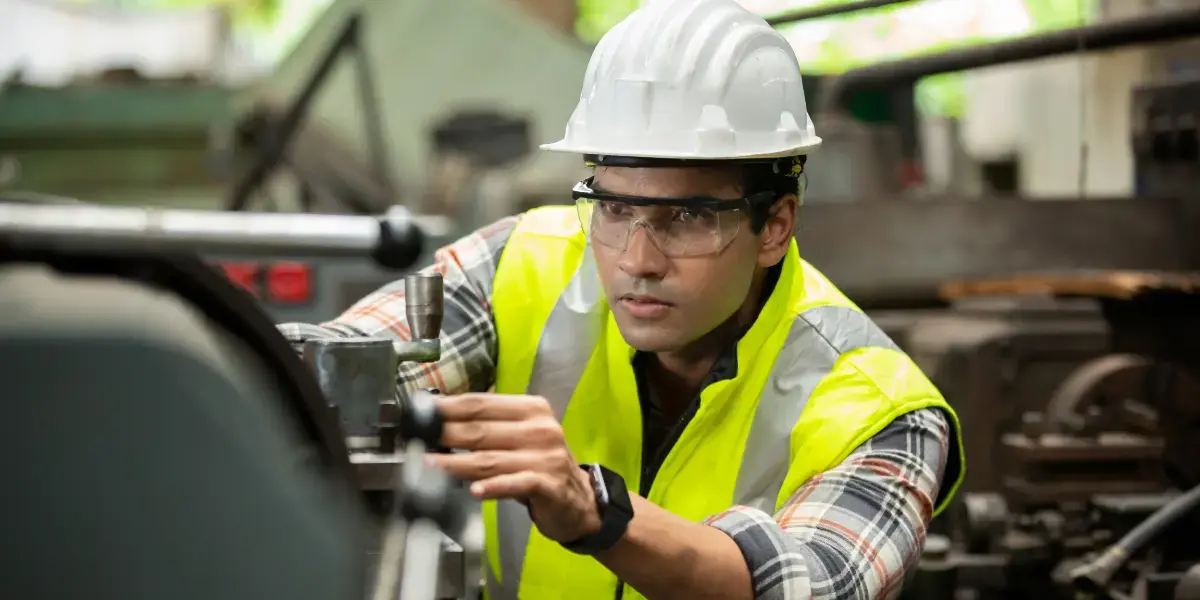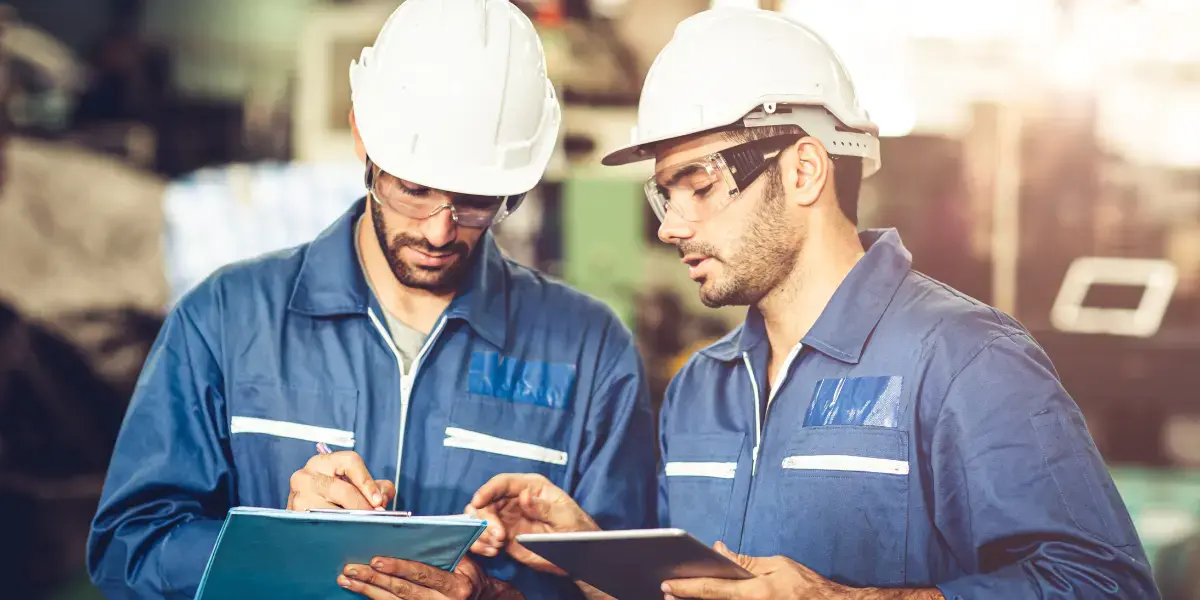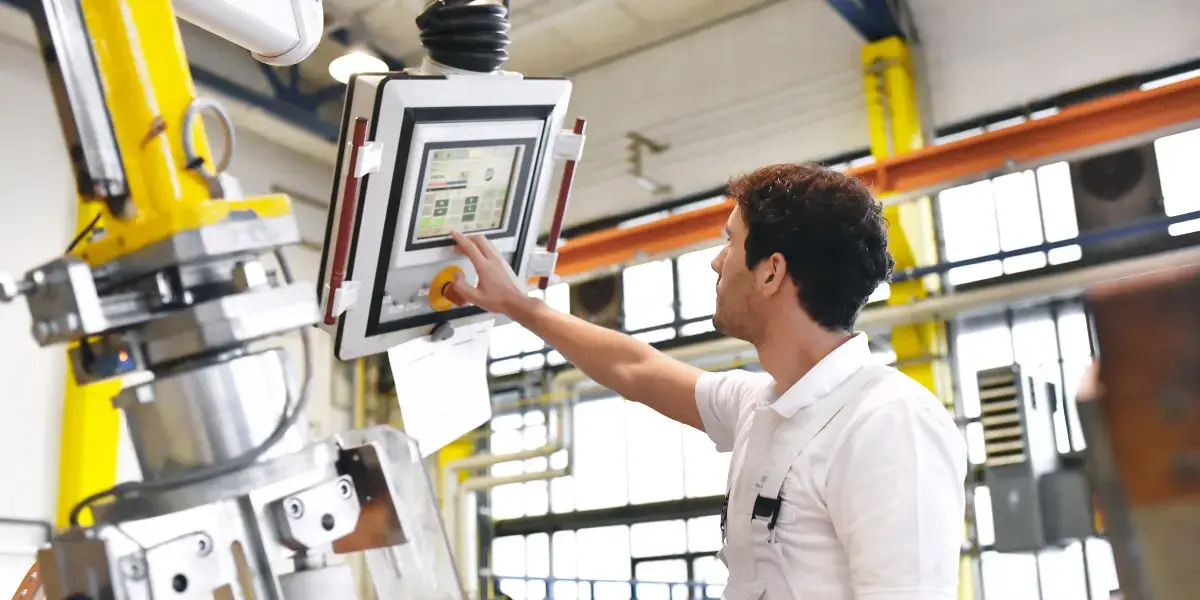Providing a safe work environment for your employees, contractors and visitors starts with a Vision and Mission. Simply stated, “Every worker has the right to go home safe and healthy everyday and every employer has the responsibility to provide a safe work environment.” This was the driving force that resulted in the passing of the Occupational Safety and Health Act of 1970 (OSH Act) or OSHA. The law was created to set and enforce protective workplace safety and health standards. And its Vision is to significantly reduce safety and health hazards in the U.S. workplace.
Many companies with a safety culture, create Vision statements to drive safety from the top down. Examples are, “Our Vision is to have colleagues, contractors, and visitors return home safely at the end of each day”, “We have the right to work in a safe environment”, “We will provide the leadership necessary to create a culture in which all employees accept personal responsibility for workplace safety and health”, “We are committed to providing a safe and healthy workplace for our employees…”.
To cultivate a Safety Program, it is important to focus on the three supporting areas of Prevention, Capability, and Compliance.
- Prevention gives us insight into setting prevention goals that can be achieved based on basic safety changes, procedural changes, and the more in-depth habits and technologies. Implementing easy to follow policies and hazard prevention are key concepts.
- Capability is an understanding in passive awareness, pro-active engagement, and skill-driven engagement of the workforce. Culture change starts with orientation and continues with formal and informal training opportunities, and employee-driven awards that focus on catching someone in the act of “doing something right” rather than the “number of accident free days”.
- Compliance focuses on benchmarking and leveraging internal and external best practices, providing easy access to safety requirements and having simple auditing and tracking methods in place to measure the total safety program.
Getting Employees Involved
The biggest hurdle in starting a culture of safety is getting everyone to buy into the idea that safety is an investment with real bottom-line benefits. Myths, stories, attitudes, norms, assumptions and beliefs all stand in the way of getting the acceptance facilities need in order to develop a culture of safety. Signs, billboards, reports and incentives can also help, but in the end, the people who run the business will be your greatest asset if they know how to ensure each other’s safety. Safety systems can be as simple as including safety conversations in existing meetings and a comment box, but no safety system will be successful without universal buy-in. Safety brings organizations together because everyone can work toward a common goal and improve a business’ bottom line. To successfully improve a facility’s safety record there needs to be support from leadership, shared responsibilities, clear communication and continuous improvement. Everyone has to take responsibility, but the trend starts with management demonstrating an active commitment to safety.
OSHA's Recommended Practices for Safety and Health Programs, states, "Effective training and education can be provided outside a formal classroom setting. Peer-to-peer training, on-the-job training, and worksite demonstrations can be effective in conveying safety concepts, ensuring understanding of hazards and their controls, and promoting good work practices."
Is your plant floor as safe as it can be? Check out our Machine Safety Checklist.


